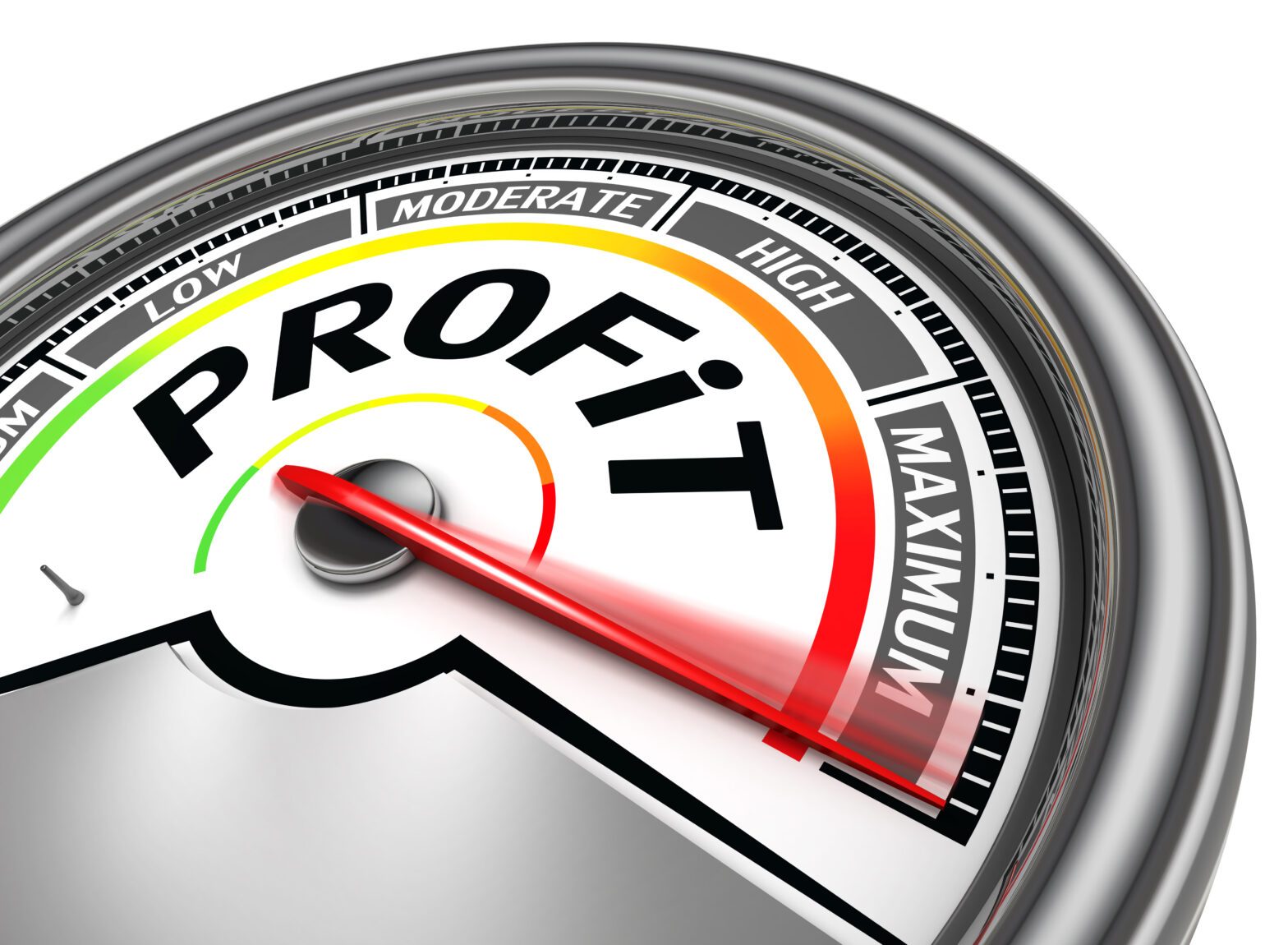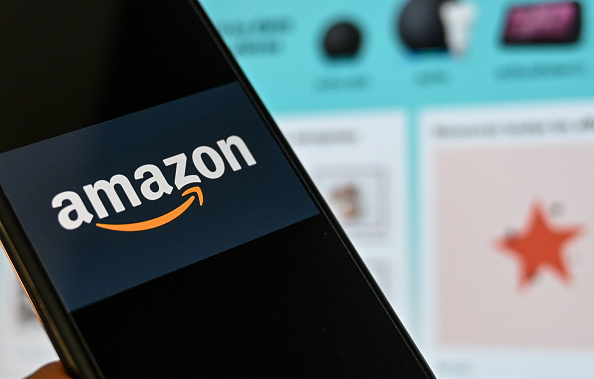Severe discounting can crush profit margins, so here’s how to approach the upcoming price war at Black Friday and Christmas.
Black Friday and Christmas are almost upon us; the biggest milestones in the retail calendar, where bargain hunters and seasonal shoppers flood our high streets. And yet this doesn’t necessarily spell good tidings for retailers.
Retail sales have risen year-on-year for the past 29 months. It appears that retailers are in the midst of a shopping boom, basking in the glow of increasing sales volumes. But these sales have relied on very heavy discounting, which can severely cut into profitability for retailers, both large and small.
Recently high street chain Argos issued a pre-Christmas profit warning, saying it wasn’t confident that it could recoup all the money it had spent in preparation for Black Friday. And John Lewis expressed concerns that the huge price cutting associated with Black Friday brings festive purchases forward, and damages Christmas trading.
So how can UK retailers find ways to maintain their profit margins during the upcoming discounting frenzy? Here are some actions that could help.
Lower your cost of goods
Take a closer look at the materials and procedures required to create or source your products, and figure out how you can get them for less, without compromising on quality.
Talk to your suppliers and ask if there’s anything you can do to reduce costs. Are there any middlemen or administrative expenses that you can cut from the process? Review your inventory data to see if it’s affordable to order certain items in bulk, in order to reduce their price for customers. If not, would it be possible for you to consolidate orders for other items (or with other purchasers) to increase your buying power? If your suppliers won’t budge, don’t be afraid to check out other vendors to find out if they can offer you more favourable terms.
Pick your pricing sweet spot
During major sales like Black Friday, it can be tempting to undercut as many competitors as possible to get the largest share of shoppers. But if this is going to send your profits dangerously close to the red line, it might not be worth it.
Pricing depends on each company’s products, margins, and customers. So run the numbers, and figure out your pricing sweet spot. You can still attract discount-shoppers with slightly more expensive prices if you provide other great benefits such as convenience, speed, or ethical practices. It’s been widely documented that most consumers would likely pay more for a better customer experience.
You may also want to consider implementing creative tactics to make your prices more appealing, such as using tiered pricing.
Take for example designer brand Michael Kors, which is hugely popular in the UK. The company has two lines; a more expensive ‘luxury’ segment, Michael Kors, and an accessible and affordable segment, Michael by Michael Kors. This allows the business to maintain high profit margins on some products, while capitalising on larger sales volumes for its lower-priced products. It also creates a positive brand perception, so that shoppers who are not entirely price driven still feel they are buying a premium product.
Communicate the benefits
Remember that the way you communicate your new prices is just as important as the prices themselves. Give shoppers a heads up prior to your sale, and let them know why shopping with you is going to benefit them. Perhaps you’re also providing in-store gift-wrapping, free style advice throughout the Christmas season, newly launched same-day delivery, or a percentage of your profits will be going to a local charity. This could be the difference between them choosing to shop with you over a competitor with bigger discounts.
Still worried that you’ll send shoppers packing by not dropping your prices really low? Don’t be. Letting go of a few customers may not necessarily be a bad thing. The right price could improve your bottom line significantly enough to offset the amount of lost sales from bargain-focussed shoppers. And, having fewer (but higher quality) customers helps lower operating expenses while benefitting customer service.
Automation equals lower costs
Automation can do wonders to help you save on operational costs during periods of major price cutting. By putting repetitive activities on autopilot, you can reduce the time, manpower, and operating expenses required to run your business.
Go through all the tasks that you and your employees complete day-to-day, and see if you can automate any of them. Are there any cumbersome activities that are eating chunks of your time, such as manual data entry or stock taking? Look for solutions that can take care of them for you.
For example, you could integrate your point of sale system with your e-commerce site, so you don’t have to continually update stock numbers after each in-store or online purchase, or you could link your POS to accounting software so that your daily finances are automatically transferred to your accounting system. At Vend, we’ve seen huge successes for our customers in doing this; it’s saved some of them between 40 and 80 hours a week in manual labour – the cost of one to two full-time employees.
Tailor your discounts
Another effective way to widen your margins is to offer more personalised discounts to your customers. Remember that not all customers are wired the same way, so instead of killing your profits with large, one-size-fits-all offers, identify how big of a discount is necessary to convert each customer.
We can take some lessons from the bigger retailers on this, such as Boots and Marks & Spencer which offer personalised discounts through their in-store loyalty cards. For example, Marks & Spencer’s new loyalty programme rewards regular shoppers with access to exclusive offers, based on their unique interests. They gather details of customers’ hobbies and interests, such as fashion or cooking, and then create targeted offers, for example 10 per cent off fresh flowers or a bottle of Prosecco to go with a meal deal, or food and drink masterclass invitations.
If you already have a loyalty programme, see how you could use it better. Does the software allow you to analyse customer shopping habits or create tailored customer messages? Or is this something you could do yourself by going through the purchase histories of your customers? If not, it might be time to upgrade to a system that can help provide a better loyalty experience. Doing so won’t just increase the chances of people buying from you, it’ll also help you maximise your margins.
Pierre-Emmanuel Perruchot de La Bussière is general manager of Vend.





